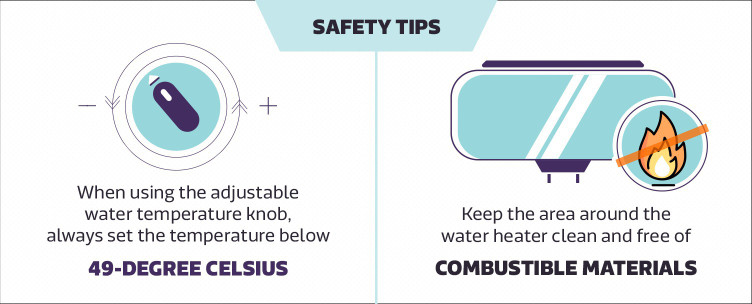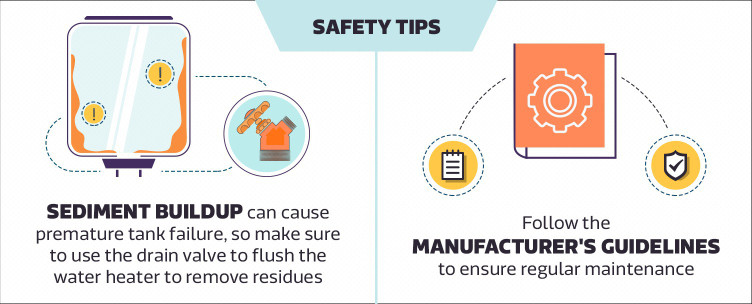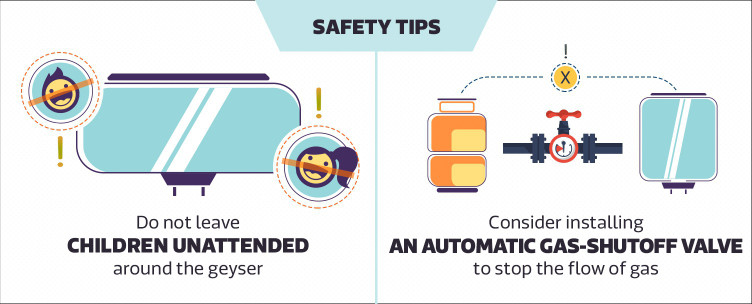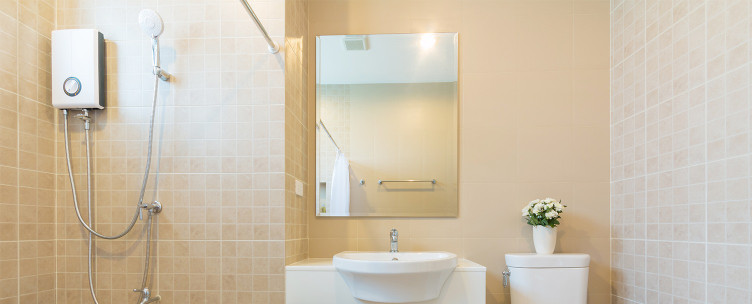
A geyser is one of the most common electrical appliances found in homes and it is used to heat water for bathing or washing food. These durable appliances last many years and are generally found in bathrooms or kitchens.

This conventional geyser is a classic. It has a large storage tank inside the geyser where it heats and stores water. Hot water stored inside can be utilised later, even when there is a power outage, as it is designed to retain the heat for a period of time. Usually takes about 10 minutes to heat water. Ideal for domestic use, especially for bucket baths and showers, and Jacuzzis.
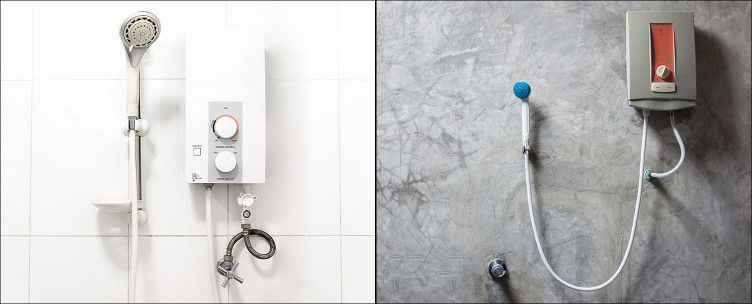
These compact heaters heat water instantly which makes them ideal for kitchens and small bathrooms where space is a constraint. They usually take about 5 minutes to heat water.

These geysers use Liquefied Petroleum Gas (LPG) to heat water. They get their supply through gas pipelines/cylinders and are energy efficient. They are lightweight and cost-effective. Doesn't store warm water.
The daily hot water requirement is the one of the main factors that should decide the capacity of the geyser. The table below highlights which geyser to buy based on the average use.
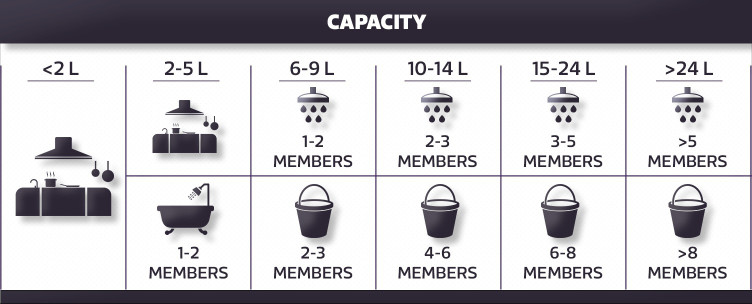
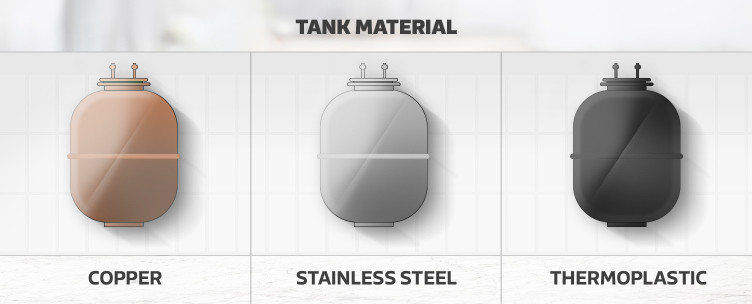
The materials used to manufacture storage tanks in geysers are:
- Copper: Heats quickly, less resistance to corrosion.
- Stainless Steel: Good insulation, good heat conductor
- Thermoplastic: Average insulation, corrosion resistant.
- Glassline Coating: Glass coated for improved insulation. Can be damaged with persistent use.
- Vitreous Enamel Coating: Corrosion resistant, prevents hard water scaling.
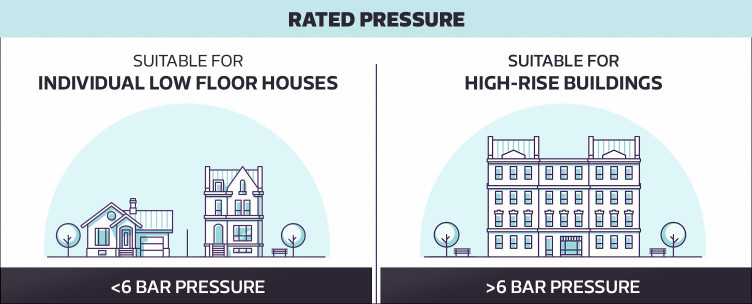
The storage tanks of geysers may be prone to leakage if the water pressure inside gets too high. This pressure is calculated in ‘bars’. The pressure in the storage tank depends on the pressure of the tap used to feed it and the expansion of the water inside on heating.
Conventionally geysers are mounted vertically. Horizontal geysers are new to the market. Vertical Geysers are known as V-Wall geysers and Horizontal ones are known as H-Wall geysers.
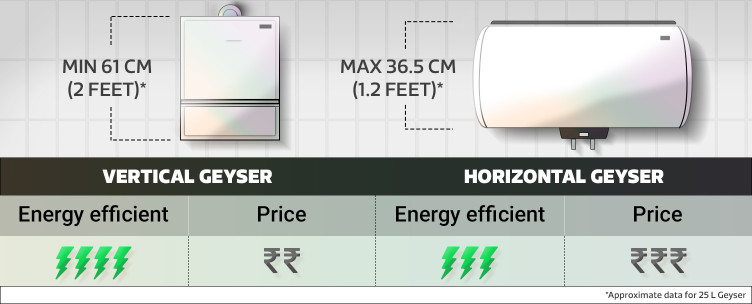
- Automatic Thermal Cut-out: prevents burnouts by cutting power.
- ABS Plastic Body: shock proof and rust resistant.
- Fire Retardant Cable: It minimizes the flammability of the cables in case of a short circuit.
- Safety Valve: Also known as the temperature or pressure relief valve, it discharges water in case the temperature or pressure exceeds safe limits.
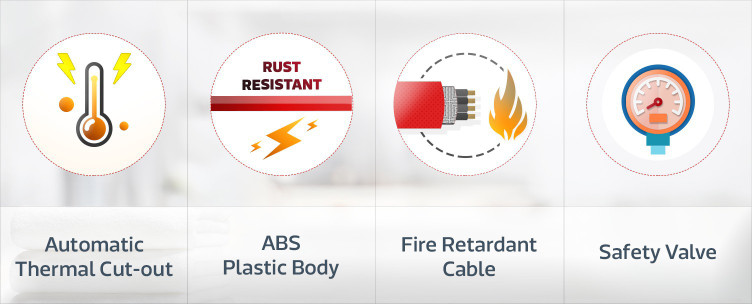
- Timer: Switches the geyser on/off during specific time periods to boost energy savings.
- Temperature Knob: It helps you to set a specific temperature. It also switches off the Geyser when the set temperature is reached.
- Thermostat: It lets you change and set the temperature as per your needs.
- BEE Star Rating: The higher the number of stars, the more energy efficient the appliance is.

